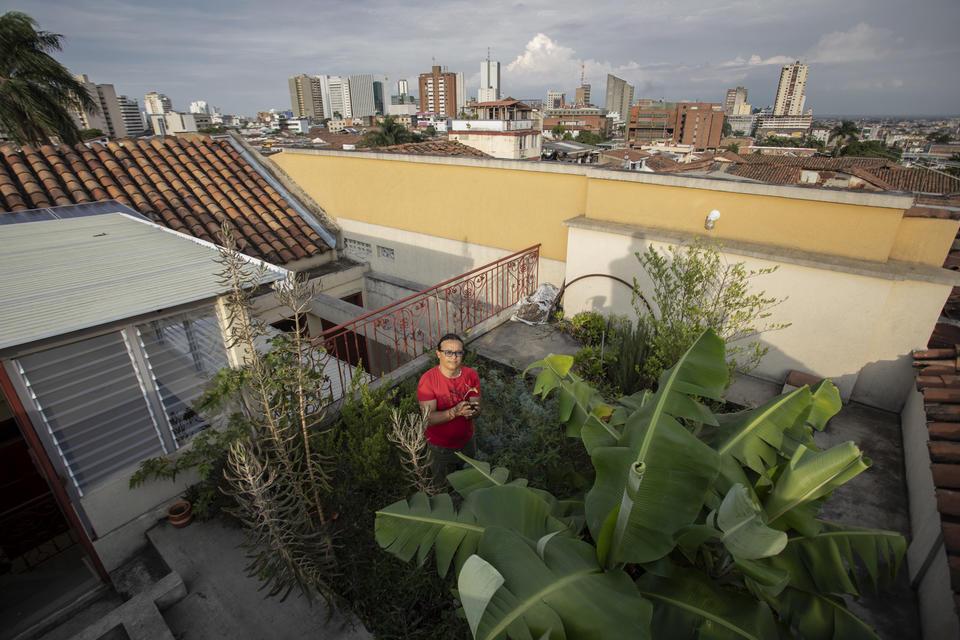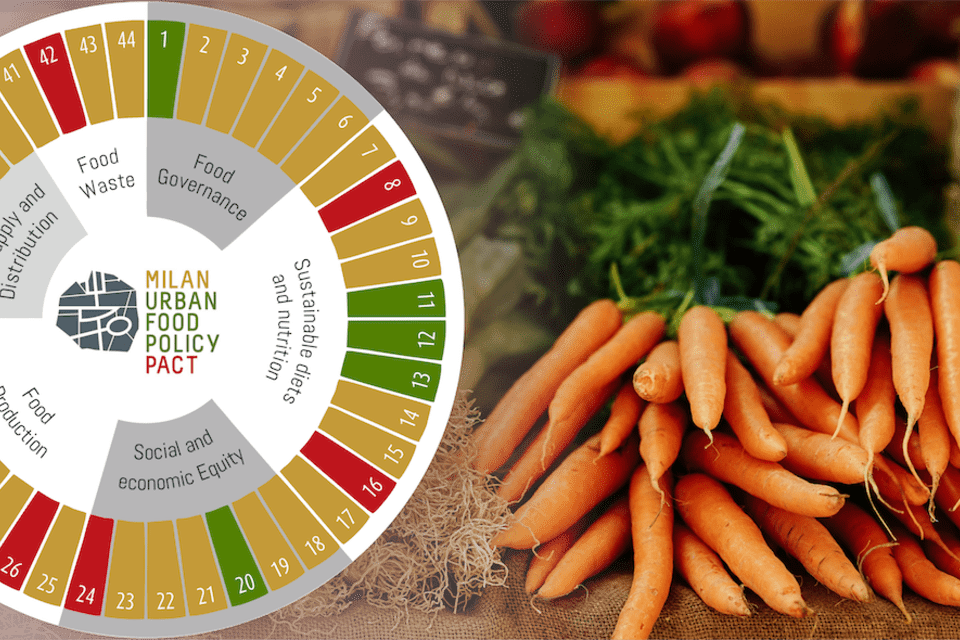Blog The role that a plate could play in a city
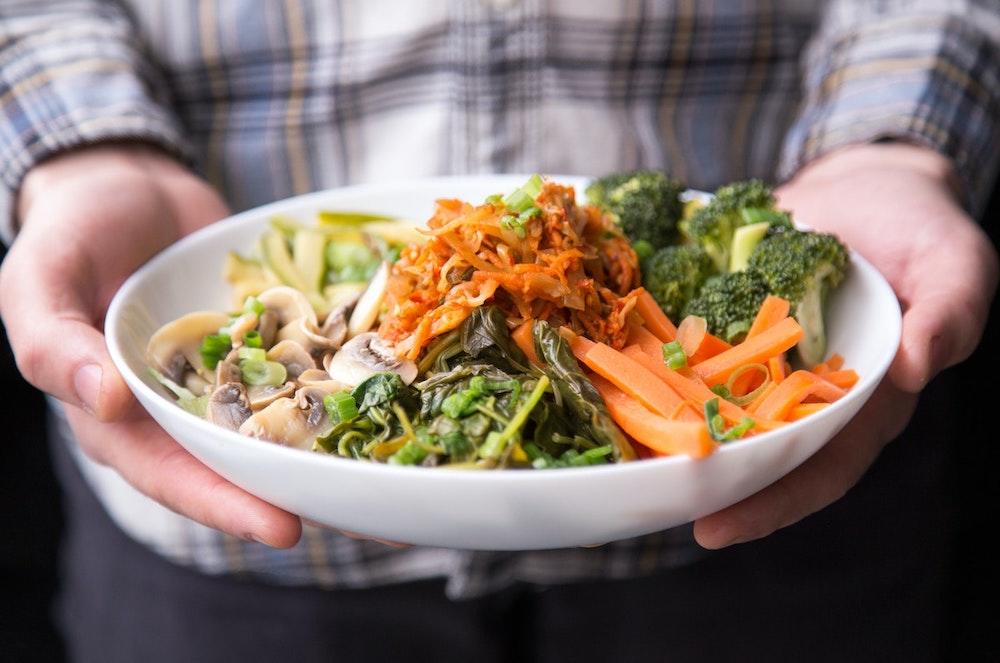
The typical caleño lunch plate (composed of tomato, plantain, potato, rice, and chicken) was the star of a study that seeks to exemplify how certain questions about what we eat could make the difference for the food systems of our cities.
 How much does it cost to the planet to produce what I eat? What road does my food follow before reaching me? How much do my decisions about what I eat matter?
How much does it cost to the planet to produce what I eat? What road does my food follow before reaching me? How much do my decisions about what I eat matter?
These are just a few questions that more consumers are beginning to ask. Whether we like it or not, our choices define the shape of our food systems.
At the Alliance of Bioversity and CIAT and the CGIAR Water, Land and Ecosystems Research Program, we strive to increase our understanding about the relationships and dynamics that exist in a given territory between the availability of food, what people eat, its impact on the environment and the effects that this has on us (just to mention a few components of our food systems).
One of the recent results of work oriented towards this purpose is a study aimed at developing a methodological approach to better assess, understand, and use information on environmental sustainability and resilience of highly consumed products in a city.
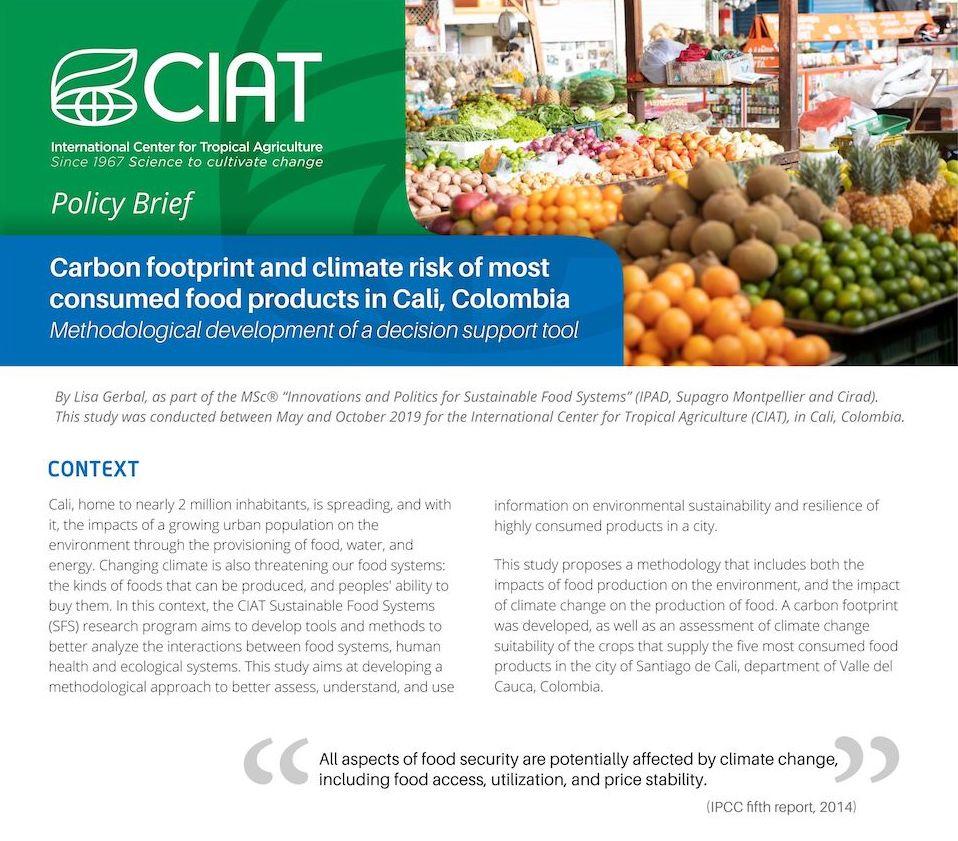
Policy brief excerpt. By: L.Gerbal
The analysis assessed, simultaneously, the impacts of food on the environment (ie, carbon footprint) and the impacts of projected changes in climate patterns on the suitability for food crop production, for the top five food products consumed in the city of Cali, Colombia: tomato, plantain, potato, rice, and chicken.
Cali’s rapidly growing urban population (currently 2.5 million inhabitants) has significant impacts on the environment through the provisioning of food, water, and energy. Climate change is also threatening the acquisition of food and our food systems more generally.
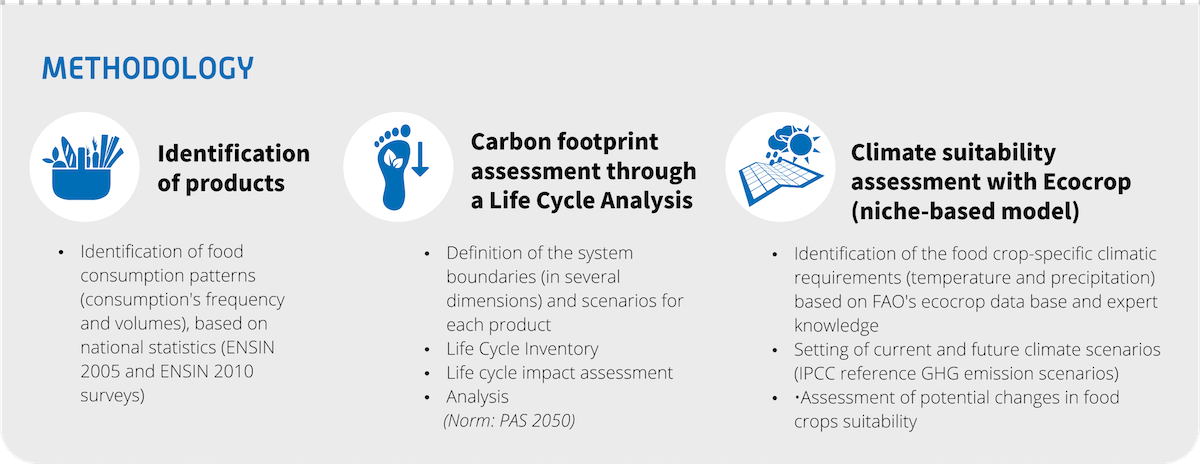
This is the first study to assess the carbon footprint associated with each segment of the production process of the chicken, rice, plantain, potato and tomato consumed in the core meal of most of Cali’s population. The use of the Ecocrop model allowed researchers to project and visualize possible future climate related risks to identify flaws and major weaknesses of food system production links, and serves as a powerful wake up call for the actors involved. The detailed information from the life cycle analysis is a strong advocacy element to promote the transparency of information associated with the food production and transformation processes. The combined methodology gives precise insights to identify where critical hotspots are, and which current crops production areas might become more vulnerable to climate risks. This methodological application is a first step towards providing science-based evidence to guide decision making in the city region and could lead to the future development of a practical tool to be applied to a wider section of Cali’s food system.

